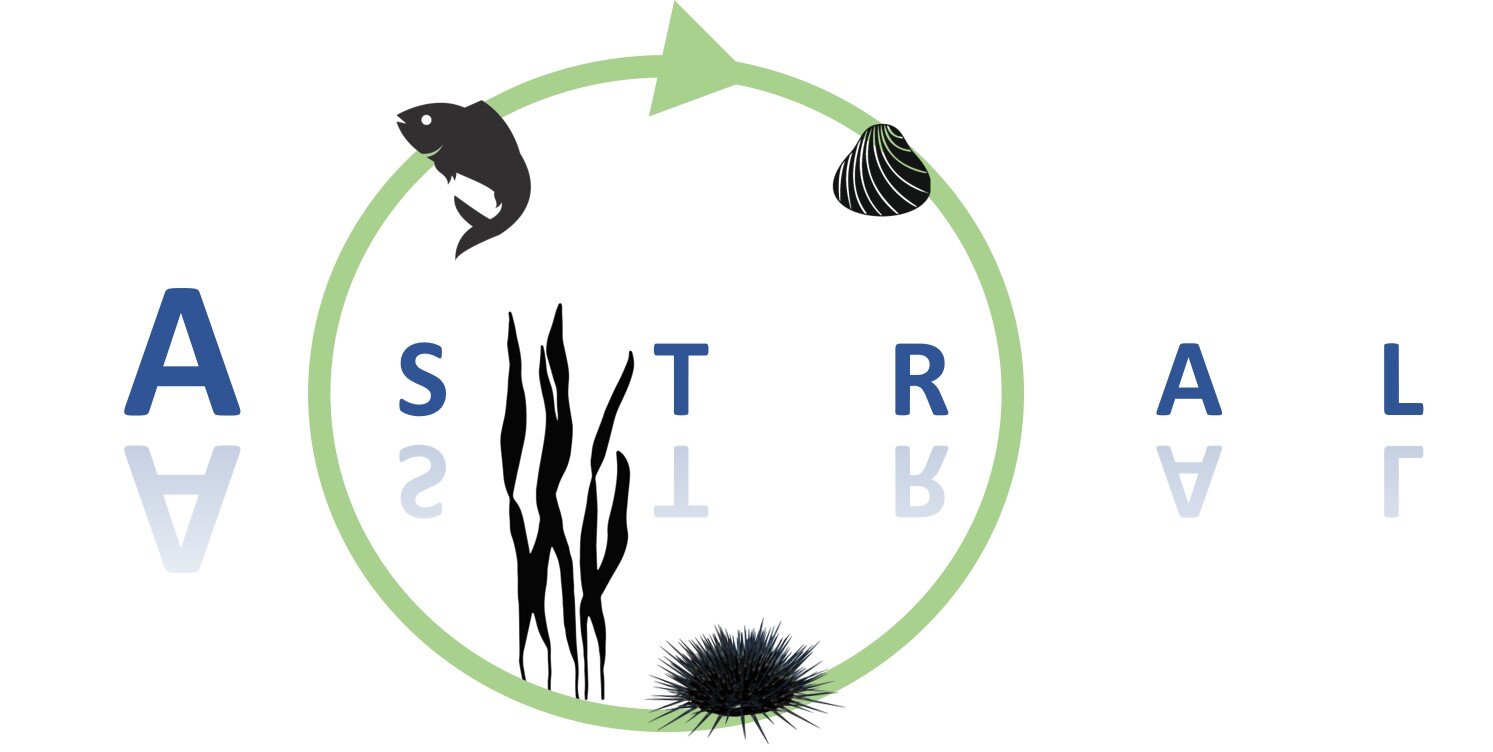Tracking climate change along the Atlantic coast
Coastal regions are characterised by vast and complex marine ecosystems. These natural living resources are crucial for 37% of the global human population who depend on them for food, income, and recreation. The ongoing global warming is expected to have a range of consequences both beneficial and detrimental to these fragile marine ecosystems. Therefore, it is crucial to understand their current state, how they may already have been affected by climate change, and what is to be expected in the coming years and decades.
The primary goal of the ASTRAL project is to develop new, sustainable, profitable, and resilient value chains for integrated multi-trophic aquaculture (IMTA) production in some coastal regions of the Atlantic. Therefore, using available observational data, we are evaluating the trends in climate-related parameters that are of major importance for the development of sustainable and natural aquaculture sites along the Atlantic coastlines.
The recent decades have seen an increasing amount of data collection throughout the globe, both in-situ and from satellites, to monitor marine ecosystems and track their natural evolution and possible human environmental impacts. However, even if the number of observations has increased over the past decades, their spatial and temporal distribution remains relatively sparse. This challenges a complete overview of both the historical and current state because the lack of coverage can lead to biases when interpreting long-term changes. These biases are often due to spatial aliasing, unresolved seasonality, and high signal-to-noise ratio.
In ASTRAL WP5 Climate-Ocean-Food, we organised a workshop on this topic, specifically targeted to data analysis in near-coastal regions where IMTAs are typically located. Several peer-reviewed methods have been developed to overcome the difficulties of dealing with sparse data coverage as well as the problem of clouds for satellite data recovery. Using these methods, some of the regions of interest were already showing significant changes in terms of sea surface temperature (SST) since the 1960s, which may be of concern for the ecosystems in place. Further analysis is currently being performed, including closer collaboration between the different teams to gather additional data in some specific regions, include other climate-impacted variables like oxygen and chlorophyll, and increase the robustness of the results.
Photo credits: Daniel Bruno
Author: Augustin Kessler, Postdoctoral research fellow, NORCE Norwegian Research Centre

